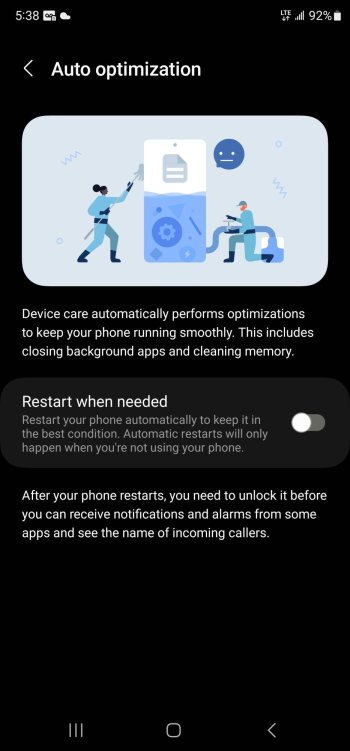From the article you referenced it is stated:It didn't actually restart fully; all it did was automatically restart the non-essential jobs
That seems to indicate that a restart of the computer of some sort was required. A restart did not take but seconds, if that long, as most of the memory was non-volatile and quickly accessed. A restart may have been nothing more than an instruction on the DSKY to send the computer to a fixed location in memory.The software rebooted and reinitialized the computer, and then restarted selected programs at a point in their execution flow near where they had been when the restart occurred
That was for the first moon landing. Someone forgot to turn off something to do with one of the radars and too much data was coming into the computer. From my reading and research on the Apollo computer there were other times, non-critical parts of the Apollo flights, where a restart of the computer was required. One time was accidental by one of the astronauts.
It was also possible to restart the computer and have most of the tasks resume operation at a point close to where the tasks were terminated. Including saving all the data.
A really remarkable computer considering it was designed in the early 1960's, long before it was actually used in the Apollo spacecraft. Lot of conflict between the developers, the software people, and the flight people on what they needed and what they could, or could not, have. Program instructions wired into memory manually. A change in a program was costly and time consuming. Much equipment was used to validate the wiring of the programs.
For what the Apollo computer could accomplish, using very limited resources, providing multi-tasking, ability to restart and not loose information, priority scheduling, simple and reliable interface, there were some really smart people involved in the development of the hardware and software. Even the assembly of the system with wired memory, the logic modules, the backplanes, etc. is a remarkable piece of engineering.




